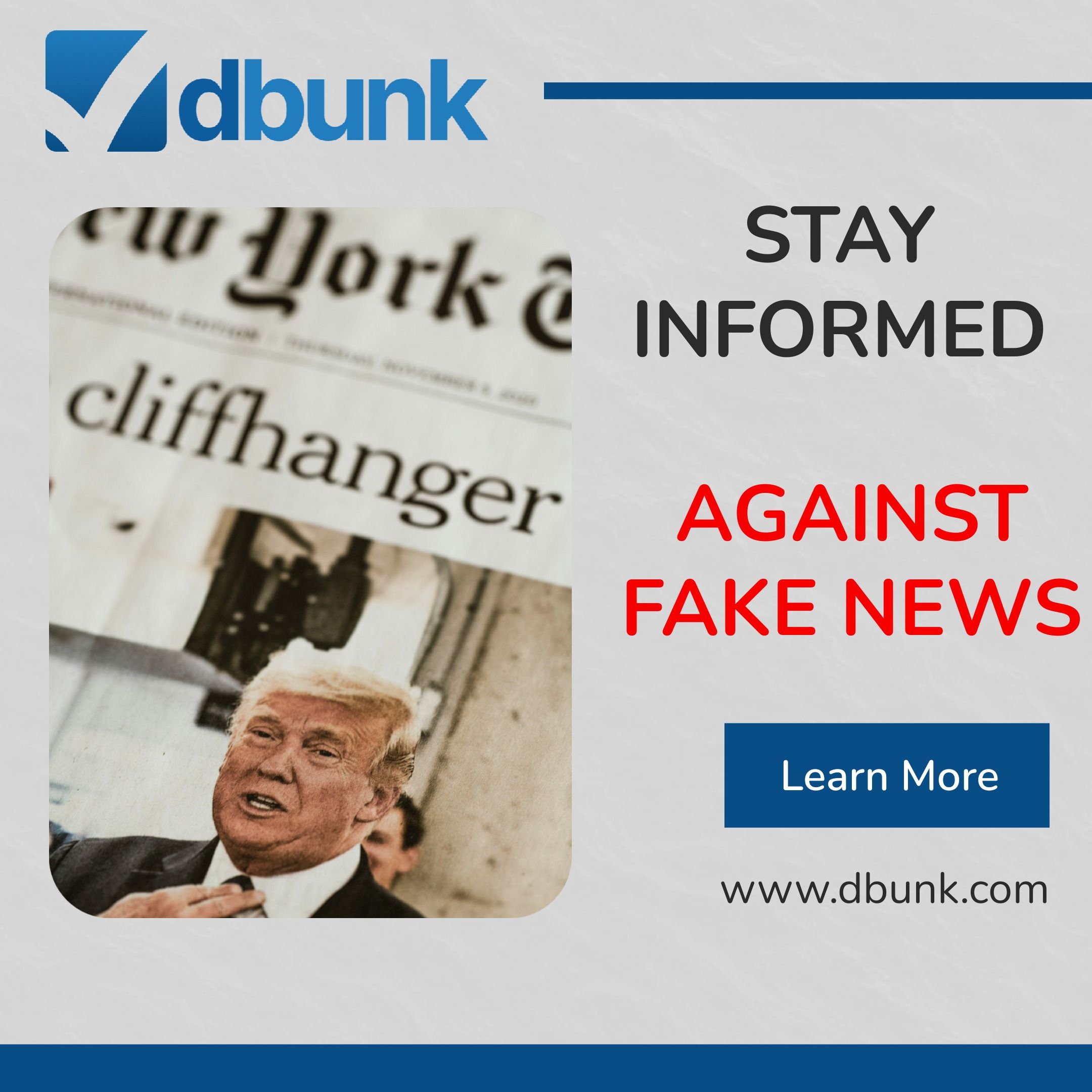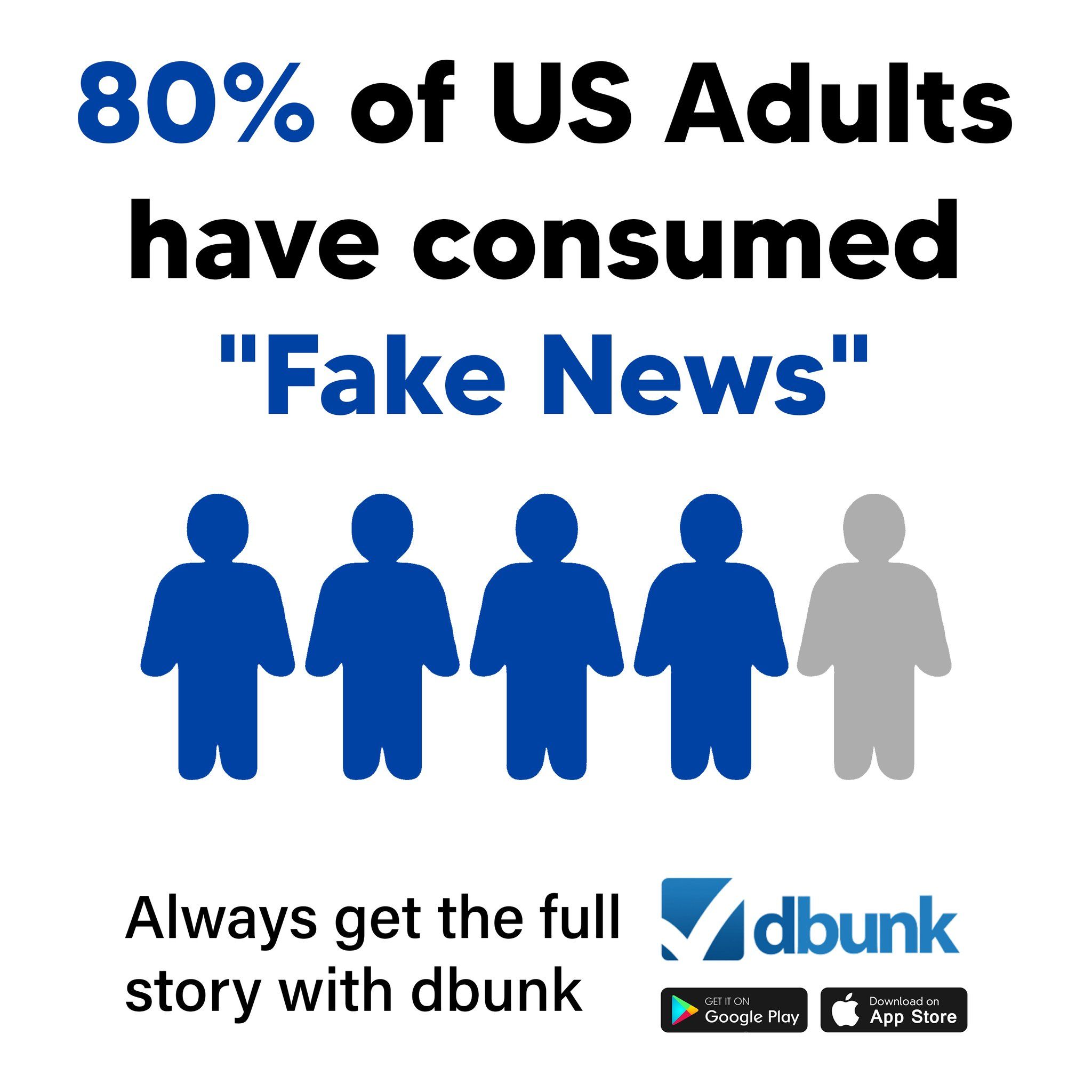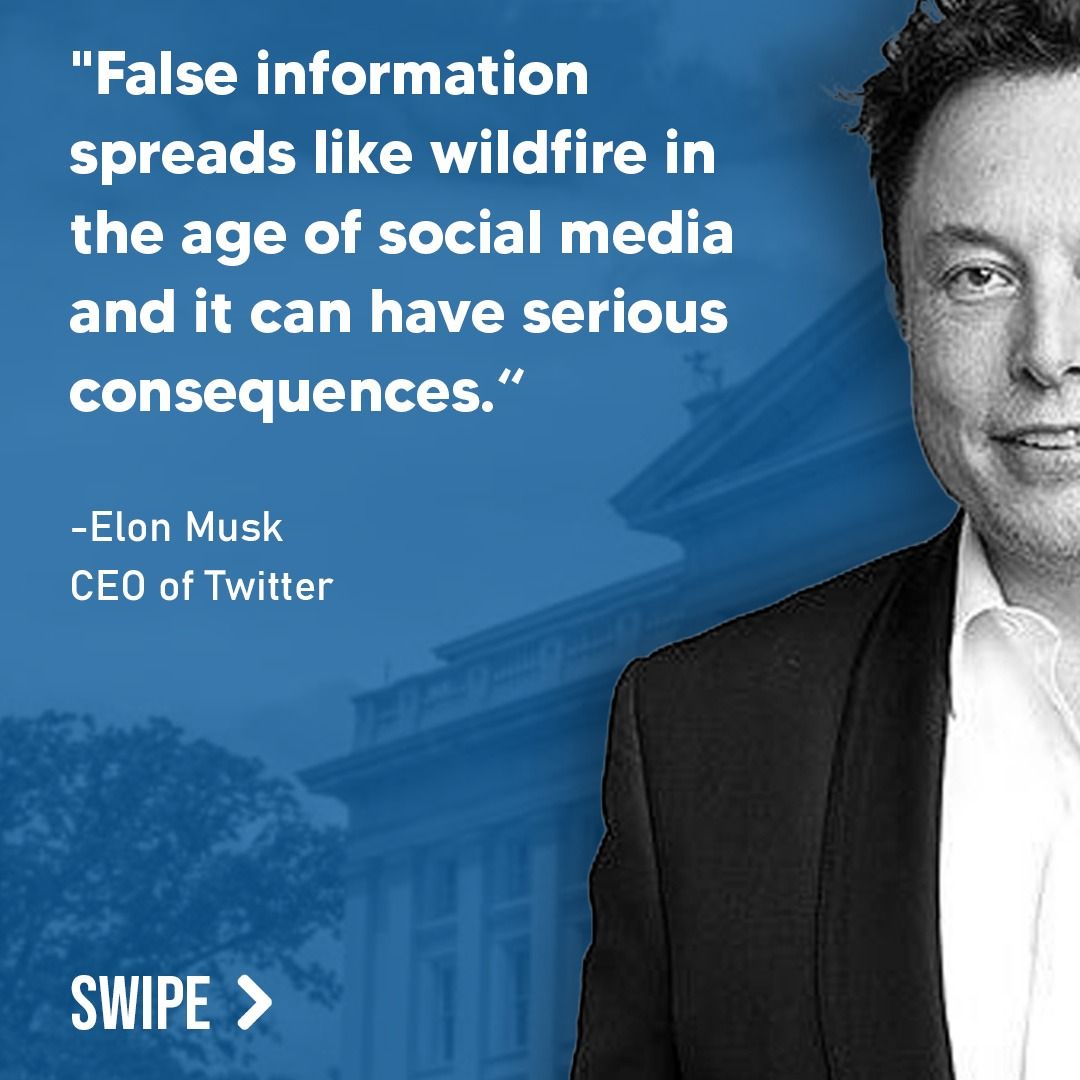
Introduction
This article from CNBC, published on June 4, 2025, claims that most U.S. companies are already raising prices or plan to do so due to tariffs imposed by former President Donald Trump. The report raises concern over whether such policies are truly benefiting American consumers or small businesses. Given the widespread consumer impact of tariffs, this article sparked user concern about rising costs and the effectiveness of economic protectionism. We fact-checked the most consequential claims in the piece.

Historical Context
Tariffs have long been used as a tool of economic policy, often aimed at protecting domestic industries from international competition. In 2018–2019, President Trump’s administration enacted sweeping tariffs on steel, aluminum, and goods from countries like China, citing unfair trade practices and national security. Critics argued that such tariffs raised costs for American manufacturers and consumers alike. Specifically, much of the academic and economic literature, including papers by the National Bureau of Economic Research, has found that U.S. consumers and firms bore most of the cost of these tariffs through higher prices.
Claim #1: “A majority of companies have passed along at least some of President Donald Trump’s tariffs onto customers.”
This claim is supported by empirical evidence. According to the New York Federal Reserve’s May 2025 Business Leaders Survey, over 70% of firms in manufacturing and service sectors reported passing at least part of the recent tariff-related cost increases to customers. A similar trend was documented during the 2018 trade war, with studies like Amiti et al. (2019) confirming that nearly the full incidence of tariff expenses fell on U.S. firms and consumers. Therefore, the CNBC article accurately reflects the survey data and broader economic consensus.

Claim #2: “More than 35% of manufacturers and nearly 40% of service firms raised prices within a week of seeing tariff-related cost increases.”
This claim is consistent with data released in the May 2025 New York Fed report. The report states that many companies responded rapidly to tariff cost shocks, with over one-third of manufacturers and a slightly higher proportion of service providers adjusting prices within just seven days. This finding aligns with prior behavioral patterns observed during earlier tariff rounds in 2018 and 2019, where companies faced immediate cost pressures that were passed on quickly. While the article frames this as alarming, the factual basis is sound.

Claim #3: “Nearly nine out of ten of the 300 CEOs surveyed in May said they have raised prices or planned to soon.”
This claim refers to a joint CEO survey conducted by Chief Executive Group and AlixPartners, a management consulting firm. The May 2025 findings confirm that 88% of CEOs either had raised or were planning to raise prices in response to cost increases, including tariffs. This corroborates CNBC’s reporting and aligns with similar sentiments in the Institute for Supply Management’s surveys, wherein many executives cited uncertainty and cost inflation as reasons for pricing actions. Therefore, the statistic is accurately quoted and not misleading.
Claim #4: “Trump announced in April he would impose ‘reciprocal’ tariffs on more than 180 countries and territories.”
This statement is misleading. While President Trump did announce a broad intent to enforce “reciprocal tariffs,” no formal policy targeting over 180 countries and territories was implemented as of June 2025. The announcement included a wider scope of partners, but many of the proposed levies were delayed or suspended. According to Bloomberg and Reuters coverage from April 2025, the administration backtracked on some of the harshest components amid growing economic and political pressure. CNBC’s wording implies immediate and widespread implementation, lacking necessary nuance.

Conclusion
On balance, the article is factually accurate in describing how companies have responded to tariffs and how those actions impact consumers. Claims related to price increases and pressure on executives are well-supported by multiple data sources, particularly those from the New York Federal Reserve and CEO surveys. However, some statements, such as the scope of the new tariff policy affecting “more than 180 countries,” present the issue in a broader light than what has been substantiated by official policy actions. While the overarching message that consumers are bearing the brunt of tariffs holds true, certain complex trade policy timelines could have been more clearly contextualized. The article leans into tariff criticism without exploring counterarguments or policy goals, indicating a potential selective framing bias.
Encourage Readers to Take Action
Want faster truth without the noise? Download the DBUNK app today or follow us on social media for real-time fact-checks, zero spin. Submit articles you’re unsure about — we fact-check them for free.

